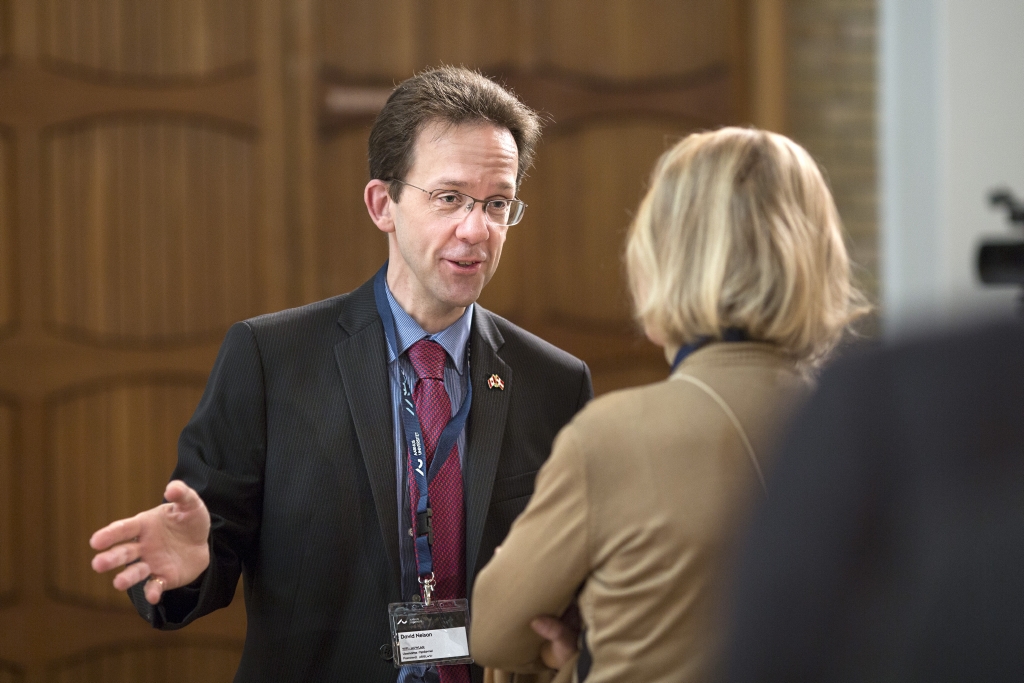Researchers close to finding new growth model for SMEs
A four-year pilot project aiming to crack the code of growth and development in SMEs is coming to an end. Now the model needs to be tested and promoted.
Armed with a cocktail of targeted learning, sparring and networks, researchers from the Centre for Small and Medium-Sized Enterprises at Aarhus BSS joined forces with PwC and Nykredit three years ago and met up with 30 SMEs in a four-year collaboration entitled “Knowledge Forum for small and medium-sized companies”.
The pilot project is expected to run until the start of 2017, but the researchers are now ready to make a preliminary assessment of the possibilities and barriers to growth and development identified through screenings of the owner managers, quarterly sparring meetings with each company and three annual learning modules.
The researchers will also offer a preliminary suggestion as to how SMEs may best release their growth potential - a suggestion which is currently being tested further. All of this was presented at a conference on 24 November at Aarhus University. You can see the conference in this two-minute video
The holy trinity of SMEs
The key to releasing growth potential is an improved balance of what the researchers refer to as the holy trinity of SMEs. This concerns the coherence between 1) the profile of the leader and the organisation, 2) an overview of the individual building blocks of the business model and 3) an overview of the value creation - where and how the positive cash flows are created.
Associate professor, Tove Brink, the University of Southern Denmark, who is part of the research team at the Centre for Small and Medium-Sized Enterprises, explains:
“We can see that these three elements are interrelated. By working with the business model in a goal-oriented manner, the owner manager will be able to uncover the secret of how to generate positive cash flows. Often, however, these initiatives do not really take wings because he or she fails to include the organisation. We have many examples of that,” she says.
Low-hanging fruit in terms of customers
Mette Neville, who is the director of the new SME research centre, mentions the client side as an area which is largely underexploited by many SMEs.
“Due to a great pressure of work, the owner managers often overlook a lot ways in which the customers could use more of the same or could make better use of the organisation’s services. By using simple initiatives, the organisation can consolidate these opportunities at the customers, and the organisation can create significant cash flows,” she explains.
Mette Neville emphasises that the trinity is unique for every SME. This means that releasing the growth potential requires a holistic and goal-oriented effort in the individual SME. Owner managers often have a need for freedom and for controlling everything themselves, for not being tied to others and for launching their own ideas and projects. There is a particularly fine line between this need being a barrier or a strength.
“The owner managers’ amazing work efforts and will to succeed are the reasons that their companies exist in the first place. Unfortunately, however, their need for freedom also involves making so many decisions on their own that it results in a bottleneck or launching so many initiatives that they become hard to follow through. The strategic initiatives are not prioritised, and this will cost you,” says Mette Neville.
Facts: Developing the growth model
- 30 small and medium-sized companies from all over Denmark have participated.
- A control group is attached to the project in order to explore the effectiveness of the cocktail which the participating companies have been subjected to.
- Each company has been screened by the experts from PwC, Nykredit and the researchers from the Centre for Small and Medium-Sized Enterprises:
- Establishment of the owner profile and the organisation profile
- Overview of own business model
- Overview of own valuation
- Conclusion of the screening by selecting three to five development projects
- The 30 SMEs are subsequently offered quarterly sparring meetings and follow-up on the strategic initiatives.
- Through nine learning modules in management and organisation, business development and finance, the SMEs are offered tools and knowledge for becoming better leaders.
- The process finishes with interviews and registration of data regarding what new roads to growth are the most efficient.
- The final research results are disseminated through scientific and peer reviewed articles.
Further information
Mette Neville, BSS
Professor and director of the Centre for Small and Medium-Sized Enterprises.
Email: men@law.au.dk
www.smv.au.dk
